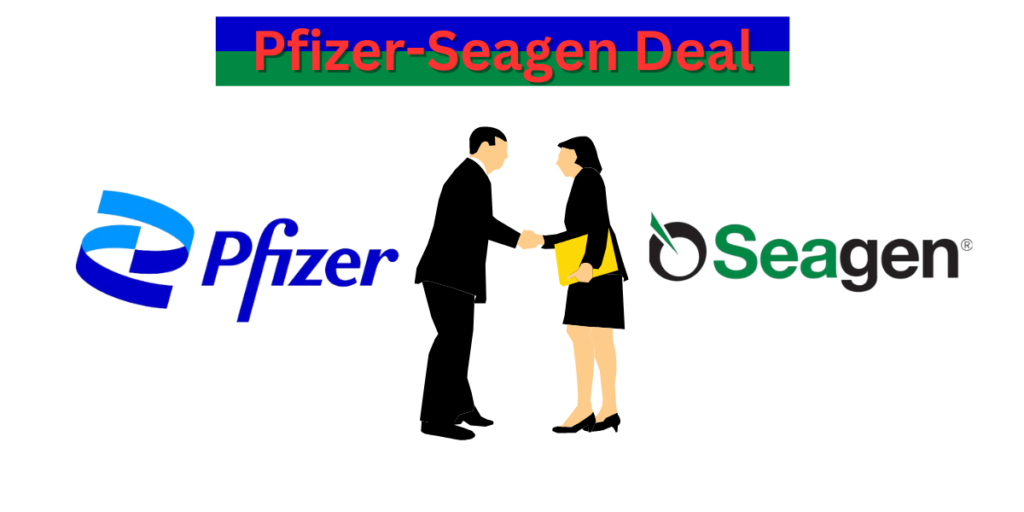In a significant development within the pharmaceutical industry, Pfizer, one of the world’s leading biopharmaceutical companies, has recently entered into a strategic collaboration with Seagen, a renowned biotechnology company specializing in the development of innovative cancer therapies. The Pfizer-Seagen deal marks a crucial milestone in the efforts to advance cancer treatment and underscores the industry’s commitment to addressing unmet medical needs. This blog post aims to delve into the details of this collaboration, exploring its potential impact on both companies and the broader landscape of cancer research.
Background:
Pfizer, with a rich history in drug development and a robust portfolio of pharmaceutical products, has been at the forefront of medical innovation. Seagen, on the other hand, has gained prominence for its focus on targeted therapies for cancer treatment, particularly with the development of antibody-drug conjugates (ADCs). ADCs are a class of innovative drugs designed to selectively deliver cytotoxic agents to cancer cells, minimizing damage to surrounding healthy tissue.
The Collaboration:
The Pfizer-Seagen collaboration is centered around the development and commercialization of multiple antibody-drug conjugates. These next-generation therapies aim to address various types of cancer, offering more precise and effective treatment options. The deal involves a combination of financial agreements, research commitments, and collaborative efforts to bring these promising therapies to patients in need.
Key Components of the Pfizer-Seagen Deal:
- Therapeutic Focus: The collaboration focuses on the development of ADCs targeting specific cancer antigens. This targeted approach enhances the therapeutic potential of the drugs while minimizing side effects associated with traditional chemotherapy.
- Research and Development Commitments: Both companies have committed significant resources to research and development efforts. This collaboration aims to leverage the expertise of Pfizer in drug development and Seagen’s proficiency in ADC technology to accelerate the discovery and advancement of novel cancer therapies.
- Commercialization Strategy: The partnership outlines a clear strategy for the commercialization of the developed therapies. This includes joint efforts in marketing, sales, and distribution to ensure that the resulting drugs reach patients in a timely and efficient manner.
- Financial Agreements: The financial aspect of the collaboration involves various components, such as upfront payments, milestone payments tied to development and regulatory achievements, and potential royalty payments based on product sales. These financial incentives align the interests of both companies and underscore the shared commitment to the success of the partnership.
Potential Impact on Cancer Treatment:
The Pfizer-Seagen collaboration holds great promise for the field of oncology. By combining the strengths of two industry leaders, the partnership is poised to accelerate the development of cutting-edge cancer therapies. The focus on ADCs is particularly noteworthy, as these drugs have demonstrated the potential to revolutionize cancer treatment by delivering potent drugs directly to cancer cells.
Patients stand to benefit from this collaboration through access to more targeted and effective treatment options. The advancements resulting from this partnership may contribute to improved outcomes, reduced side effects, and an overall enhancement of the quality of life for individuals facing various types of cancer.
Conclusion:
The Pfizer-Seagen deal represents a strategic alliance between two industry giants, combining their expertise to push the boundaries of cancer treatment. The collaboration’s emphasis on antibody-drug conjugates underscores the industry’s commitment to precision medicine and targeted therapies. As the partnership progresses, it will be closely watched by stakeholders in the pharmaceutical and biotechnology sectors, as well as patients and healthcare professionals eager for new and improved solutions in the fight against cancer.
Share this content:
